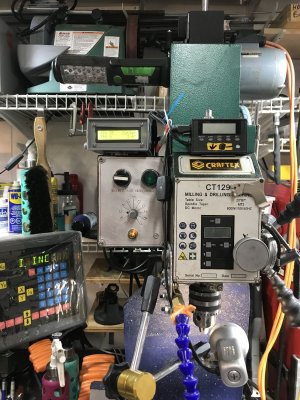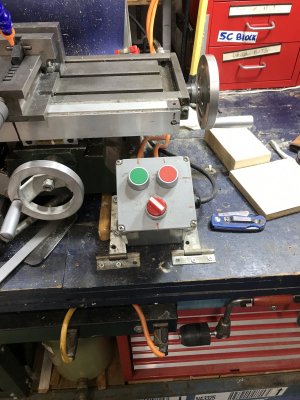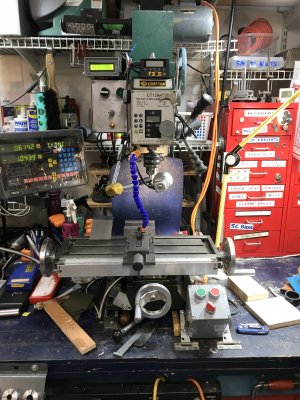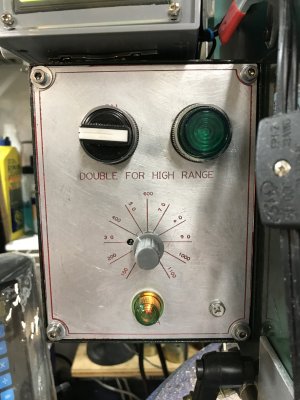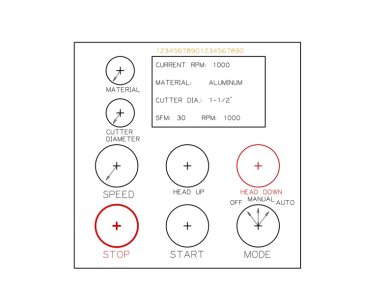wrap wire is 32 ga. snaps when you look at it.
For soldered boards I usually go with just 22 ga solid wire and cut and strip as needed
I think this might be what you have in mind
For soldered boards I usually go with just 22 ga solid wire and cut and strip as needed
I think this might be what you have in mind
140Pcs Solderless Flexible Breadboard Jumper Cable Wires : Amazon.ca: Industrial & Scientific
140Pcs Solderless Flexible Breadboard Jumper Cable Wires : Amazon.ca: Industrial & Scientific
www.amazon.ca
watersouprty 130 Pcs 13 Value 24AWG Breadboard Jumper Cable Wire Kit Double Tinned Colorful : Amazon.ca: Electronics
watersouprty 130 Pcs 13 Value 24AWG Breadboard Jumper Cable Wire Kit Double Tinned Colorful : Amazon.ca: Electronics
www.amazon.ca

